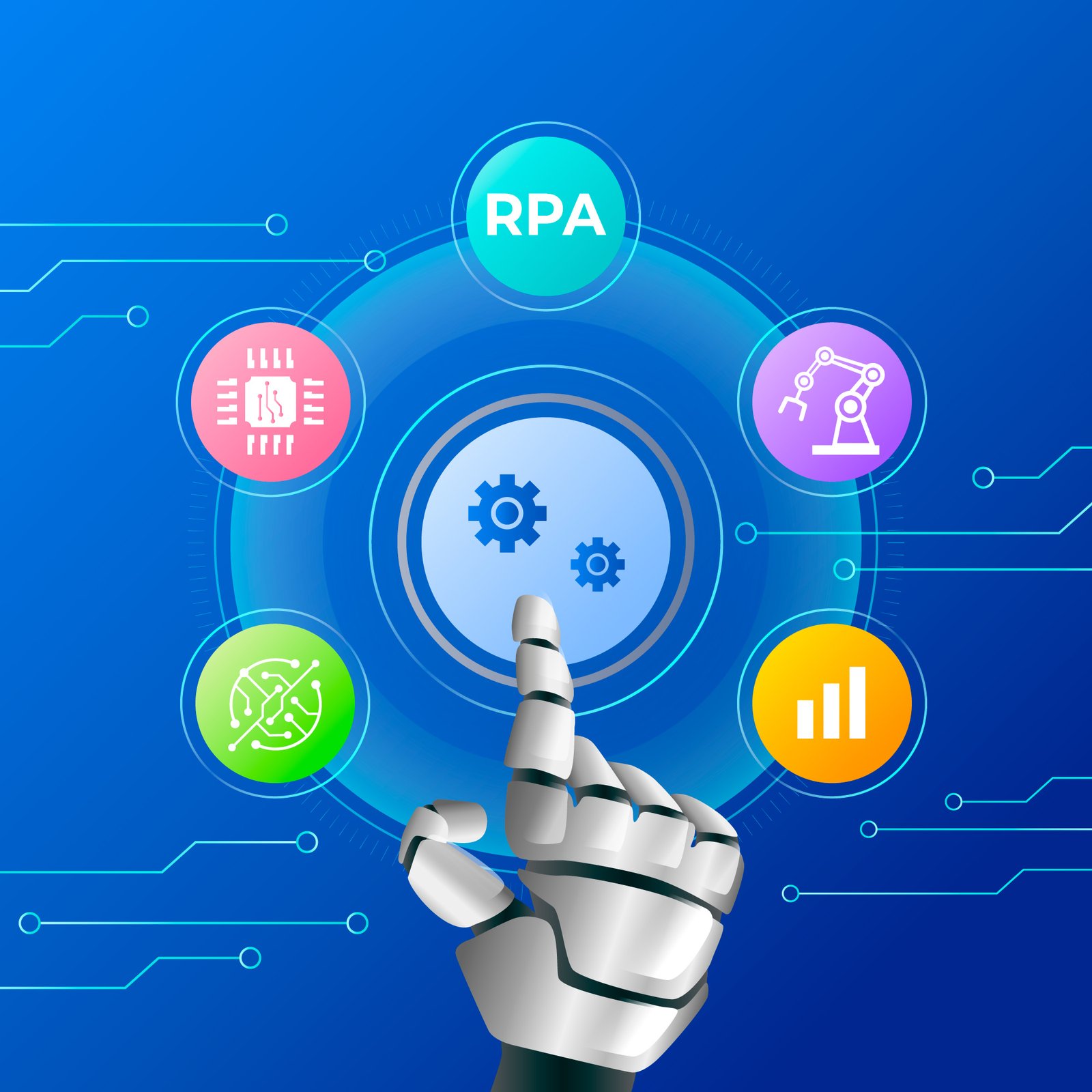Managing project risks is essential for the success of any project. In today’s fast-paced, dynamic business environment, effective project management requires not only careful planning but also the ability to anticipate and address risks that could derail your project. One of the most effective ways to achieve this is by using a project reporting tool.
A project reporting tool allows you to track, analyze, and manage project data in real-time, providing the visibility needed to identify potential risks before they escalate. In this article, we will explore how project reporting tools play a crucial role in managing risks and ensuring the successful delivery of projects.
Understanding Project Risks
What Are Project Risks?
Project risks refer to any potential events or conditions that could negatively impact your project’s success. These risks can arise at any stage of the project, from planning to execution, and can affect various aspects such as timelines, budget, quality, and resource availability.
Common types of project risks include:
- Schedule Delays: Projects often run into delays due to unforeseen circumstances or poor planning.
- Budget Overruns: Unexpected costs can cause a project to exceed its allocated budget.
- Resource Constraints: Shortages or unavailability of critical resources can impede project progress.
- Quality Issues: Substandard deliverables can lead to dissatisfied clients or additional rework.
Identifying and managing these risks early is key to mitigating their impact and ensuring your project stays on track.
How Project Reporting Tools Help in Risk Identification
Real-Time Data Tracking
One of the primary advantages of using a project reporting tool is its ability to provide real-time data. This means that project managers and teams have access to up-to-date information on the project’s progress, resource usage, and task completion. With this data, it becomes much easier to identify potential risks early on, such as project delays, cost overruns, or performance issues.
- Real-Time Reporting: The tool collects data as it happens, ensuring that project managers can monitor progress at any given moment.
- Risk Indicators: Many project reporting tools come with built-in risk indicators that automatically flag potential issues based on predefined thresholds (e.g., if a task is behind schedule or if a budget exceeds the planned amount).
By identifying these red flags early, you can take corrective action before risks negatively affect your project.
How Project Reporting Tools Aid in Risk Mitigation
Data-Driven Decision-Making
Once risks have been identified, the next step is to mitigate them. A project reporting tool provides project managers with the data they need to make informed, data-driven decisions. For example, if a project is running over budget, the tool can provide insights into where costs are being incurred and suggest areas for cost-cutting.
- Resource Reallocation: By using real-time data, managers can reallocate resources more effectively, ensuring that the right team members or tools are available at the right time.
- Corrective Actions: Early warnings from project reporting tools allow managers to take corrective actions, such as adjusting timelines, redistributing tasks, or renegotiating budgets, before risks escalate into larger issues.
Key Features of Effective Project Reporting Tools
When selecting a project reporting tool, it’s essential to choose one that offers features designed to support risk management effectively. Here are some key features to look for:
Customizable Dashboards for Real-Time Reporting
Allows project managers to create personalized dashboards that track the key metrics relevant to their project risks, such as budget, schedule, and resource availability.
Automated Risk Alerts and Notifications
Sends automatic alerts when risks exceed predefined thresholds, ensuring that project managers are notified promptly and can take action.
Resource Utilization Analysis
Helps identify whether resources are being used efficiently, which can prevent resource-related risks such as shortages or overwork.
Task-Level Reporting for Granular Insights
Allows detailed reporting on specific tasks, helping to identify micro-level risks such as task delays, incomplete work, or low-quality deliverables.
Best Practices for Using a Project Reporting Tool to Manage Risks
Here are some best practices for effectively using a project reporting tool to manage risks:
Set Up Risk Parameters and Thresholds
Establish clear parameters for what constitutes a risk in your project. For instance, set up thresholds for budget overruns or task completion delays. The reporting tool can then automatically flag these risks.
Regular Reporting Intervals for Continuous Monitoring
Ensure that your team submits regular updates, and schedule frequent check-ins with your project reporting tool. This will help you stay on top of any emerging risks before they become significant problems.
Encourage Team Collaboration
Use the tool to facilitate collaboration across your teams. When risks are identified, it’s important for the entire team to be on the same page so that corrective actions can be taken swiftly.
Integrating Project Reporting Tools with Other Project Management Systems
For even greater insight into risk management, project reporting tools can be integrated with other project management systems such as task management platforms, communication tools, and financial tracking software. This integration allows for a holistic view of your project, ensuring that you can identify risks across all areas, from task progress to financial health.
- Comprehensive Insights: By combining data from multiple systems, you can get a more accurate picture of where risks are likely to occur and take preemptive actions.
- Streamlined Data Flow: Integration ensures that project data flows seamlessly between systems, providing you with continuous updates and minimizing manual data entry.
Conclusion
In conclusion, using a project reporting tool is one of the most effective ways to manage project risks. By providing real-time data, enabling data-driven decision-making, and offering key features like automated alerts and resource analysis, a project reporting tool helps you identify and mitigate risks before they can impact your project. By leveraging these tools, you can ensure that your projects stay on track, within budget, and on time—no matter how complex they may be.


